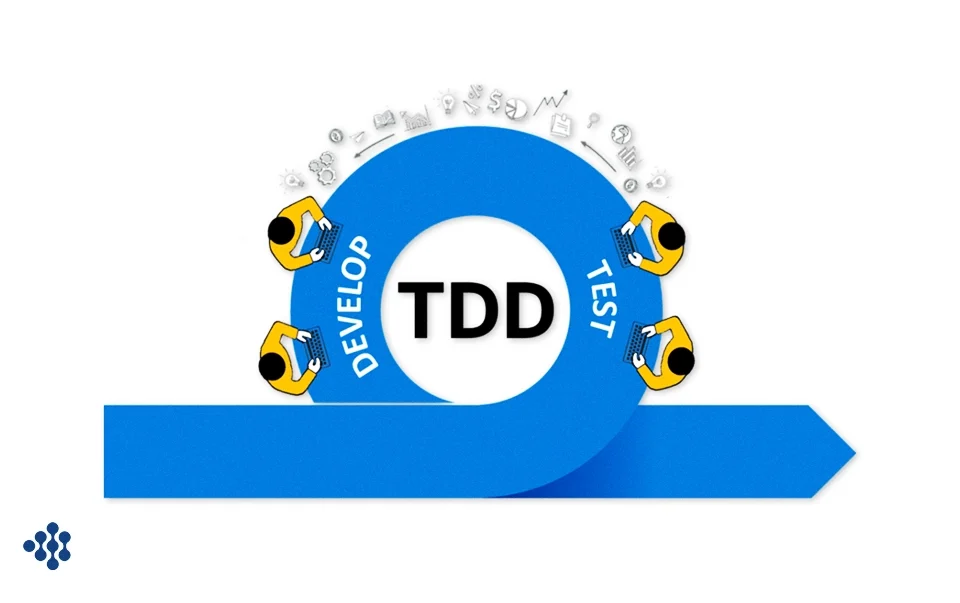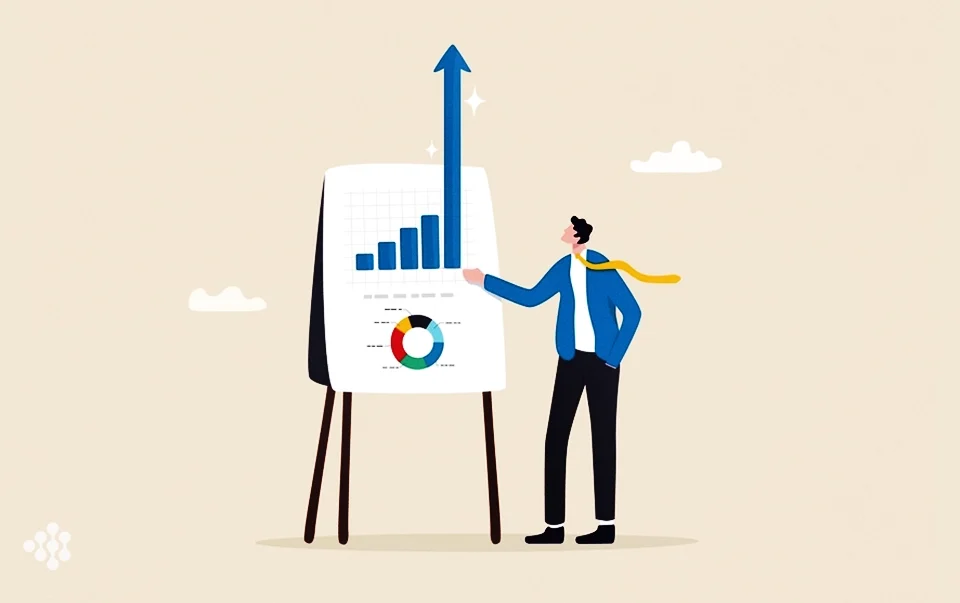The Software Development Lifecycle (SDLC) is a structured process that guides the creation of software applications. It is designed to ensure that software is developed systematically and meets the needs of users while being delivered on time and within budget. But what is Software Development Lifecycle exactly? Simply put, it’s a series of stages that software development projects go through, from initial planning to deployment and maintenance.
The SDLC is crucial for producing high-quality software that meets or exceeds customer expectations. It provides a framework for managing the complexities of software development, helping teams to work more efficiently and collaboratively.
Related Post 👉 Top 5 Soft Skills to Look for When Hiring Remote Developers
Table of Contents
ToggleThe Phases of SDLC
The SDLC consists of several distinct phases, each with its own set of tasks and objectives. Here’s a breakdown of these phases:
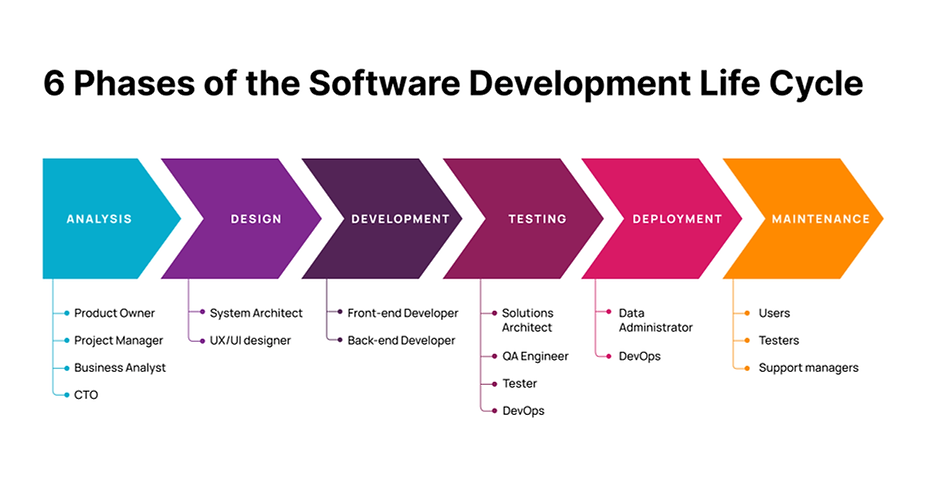
1. Planning
This is the initial phase where the project’s scope, goals, and feasibility are defined. It involves gathering requirements from stakeholders and creating a project plan that outlines the resources, timeline, and budget.
Example: Imagine you want to develop a new mobile app. During the planning phase, you would determine what the app should do, who the target users are, and what resources you need to complete the project.
2. Analysis
In this phase, the detailed requirements of the software are gathered and analyzed. This includes creating detailed specifications that describe what the software will do and how it will perform.
Example: For our mobile app, the analysis phase might involve creating detailed user stories and requirements, such as the features users need and how the app should function.
3. Design
During the design phase, the software’s architecture and design are created based on the specifications from the analysis phase. This includes designing the user interface, system architecture, and database structure.
Example: Designing the user interface of the app, sketching out how different screens will look, and planning the database to store user information.
4. Implementation (or Coding)
This is where the actual coding happens. Developers write the code based on the design documents, creating the functional elements of the software.
Example: Developers start coding the mobile app, writing the code that makes the app work according to the design specifications.
5. Testing
Once the software is coded, it undergoes rigorous testing to identify and fix any bugs or issues. Testing ensures that the software works as intended and meets all requirements.
Example: Testers use the mobile app to ensure all features work correctly, and any bugs found are fixed by the developers.
6. Deployment
In this phase, the software is released to users. This may involve installing the software on user devices, making it available for download, or deploying it on a web server.
Example: The mobile app is released on app stores for users to download and start using.
7. Maintenance
After deployment, the software enters the maintenance phase, where it is monitored for any issues or bugs that may arise. Updates and improvements are made as needed.
Example: Regular updates are released for the mobile app to add new features, fix bugs, and improve performance.
Popular SDLC Models
Several models can be used to implement the SDLC, each with its own approach to managing the development process. Here are some of the most popular ones:
1. Waterfall Model
The Waterfall model is a linear and sequential approach where each phase must be completed before the next one begins. It’s simple to understand and use but can be inflexible as changes are difficult to implement once a phase is completed.
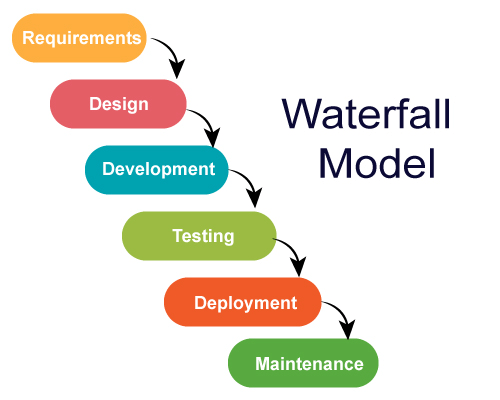
2. Agile Model
The Agile model emphasizes iterative development and collaboration. Instead of a linear sequence, it involves continuous planning, development, testing, and feedback. Agile allows for more flexibility and adaptability to changes.
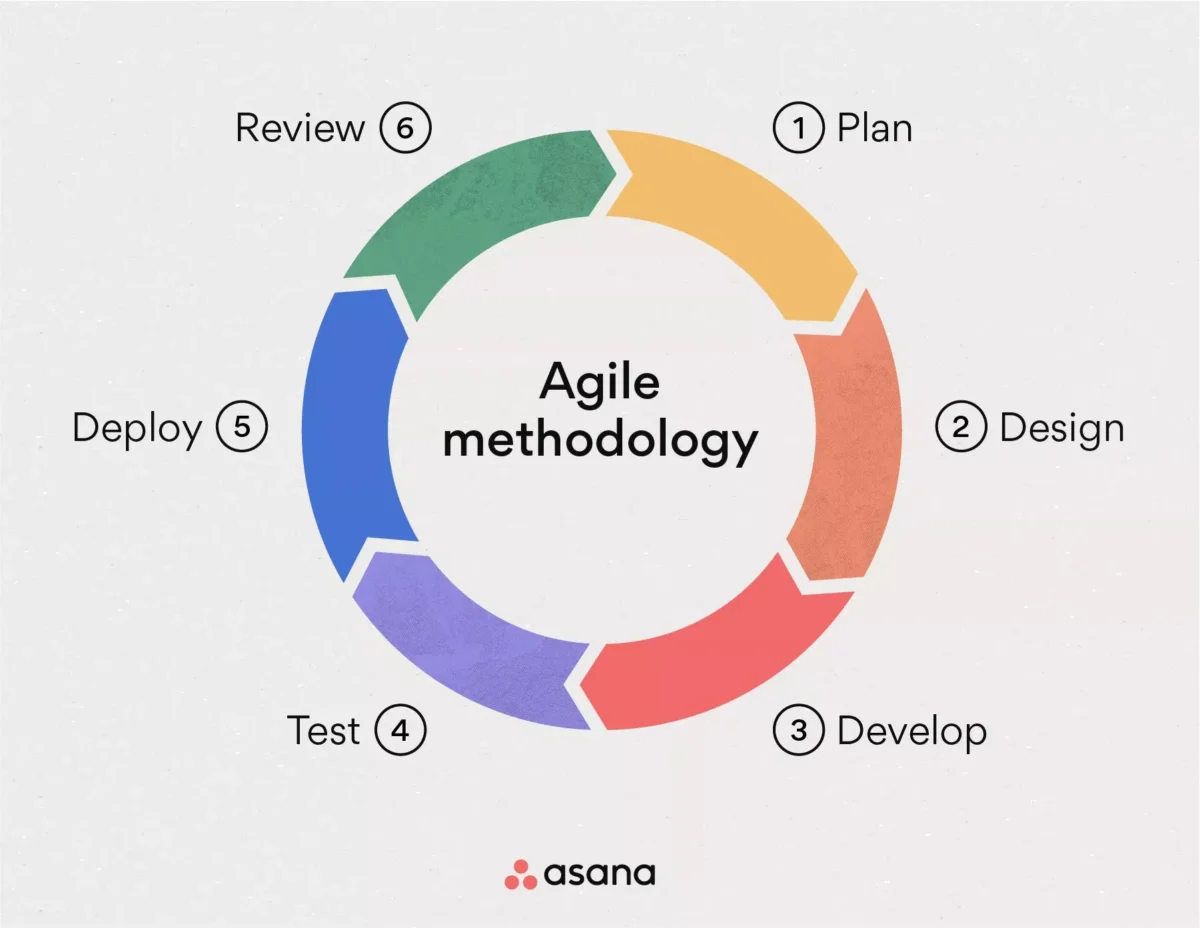
3. Iterative Model
The Iterative model focuses on developing a system through repeated cycles (iterations). Each iteration results in a functional version of the software, which is reviewed and refined in subsequent iterations.
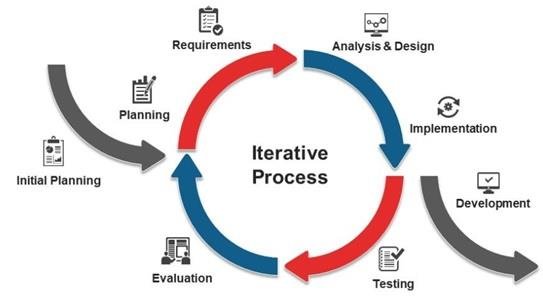
4. V-Model (Validation and Verification Model)
The V-Model is an extension of the Waterfall model, where each development phase is associated with a corresponding testing phase. It emphasizes validation and verification at every stage of development.
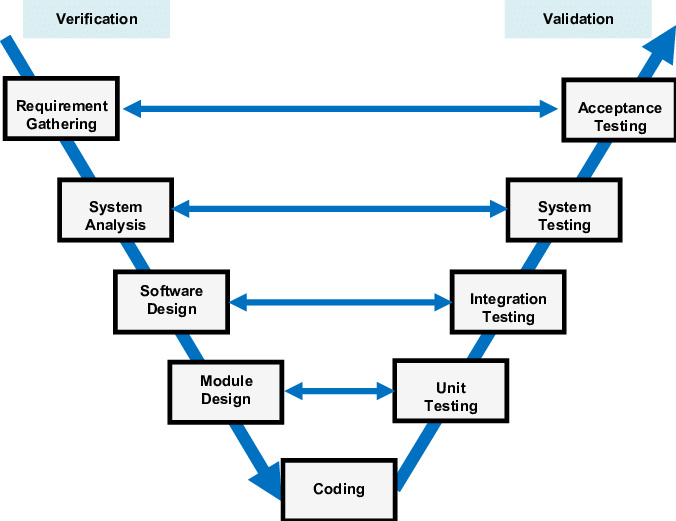
5. Spiral Model
The Spiral model combines elements of both iterative and Waterfall models. It emphasizes risk analysis and management, with each iteration involving planning, risk assessment, and development.
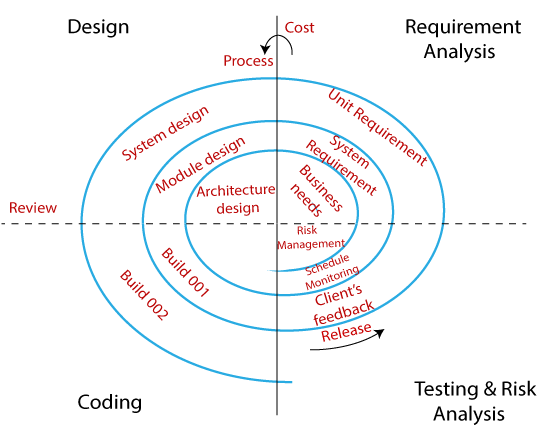
Benefits of Using SDLC
Implementing the SDLC offers several key benefits for software development projects:
1. Improved Project Management
The structured approach of SDLC helps in better planning, organizing, and controlling the software development process, ensuring that projects are completed on time and within budget.
2. Enhanced Quality
By following a systematic process, the SDLC ensures that software is thoroughly tested and meets the required quality standards.
3. Better Risk Management
SDLC models, especially the Spiral model, emphasize identifying and managing risks throughout the development process, reducing the likelihood of project failures.
4. Clear Documentation
Each phase of the SDLC involves creating detailed documentation, which helps in maintaining clarity and consistency throughout the project lifecycle.
5. Customer Satisfaction
The SDLC ensures that software meets or exceeds customer expectations by incorporating their requirements and feedback throughout the development process.
Real-World Examples of SDLC in Action
To understand how SDLC works in real-world scenarios, let’s look at a few examples so you can understand by examples what is Software development Lifecycle:
Example 1: Mobile Banking App
A bank decides to develop a new mobile banking app to enhance customer service. They follow the SDLC to ensure the app is secure, user-friendly, and meets regulatory requirements. Through rigorous testing and iterations, the app is refined and finally deployed, offering customers a seamless banking experience.
Example 2: E-commerce Website
An online retailer wants to revamp their e-commerce website to improve user experience and increase sales. By following the Agile model of SDLC, they develop the website in small, manageable iterations, allowing for continuous feedback and improvements. The result is a dynamic and user-centric website that drives business growth.
Embracing SDLC for Successful Software Development
Understanding what is Software Development Lifecycle (SDLC) and its various phases is essential for anyone involved in software development. The SDLC provides a structured approach to planning, creating, testing, and deploying software, ensuring that projects are completed successfully and meet user needs. Whether you’re a developer, project manager, or stakeholder, embracing the SDLC can lead to more efficient processes, higher quality software, and ultimately, greater customer satisfaction.



